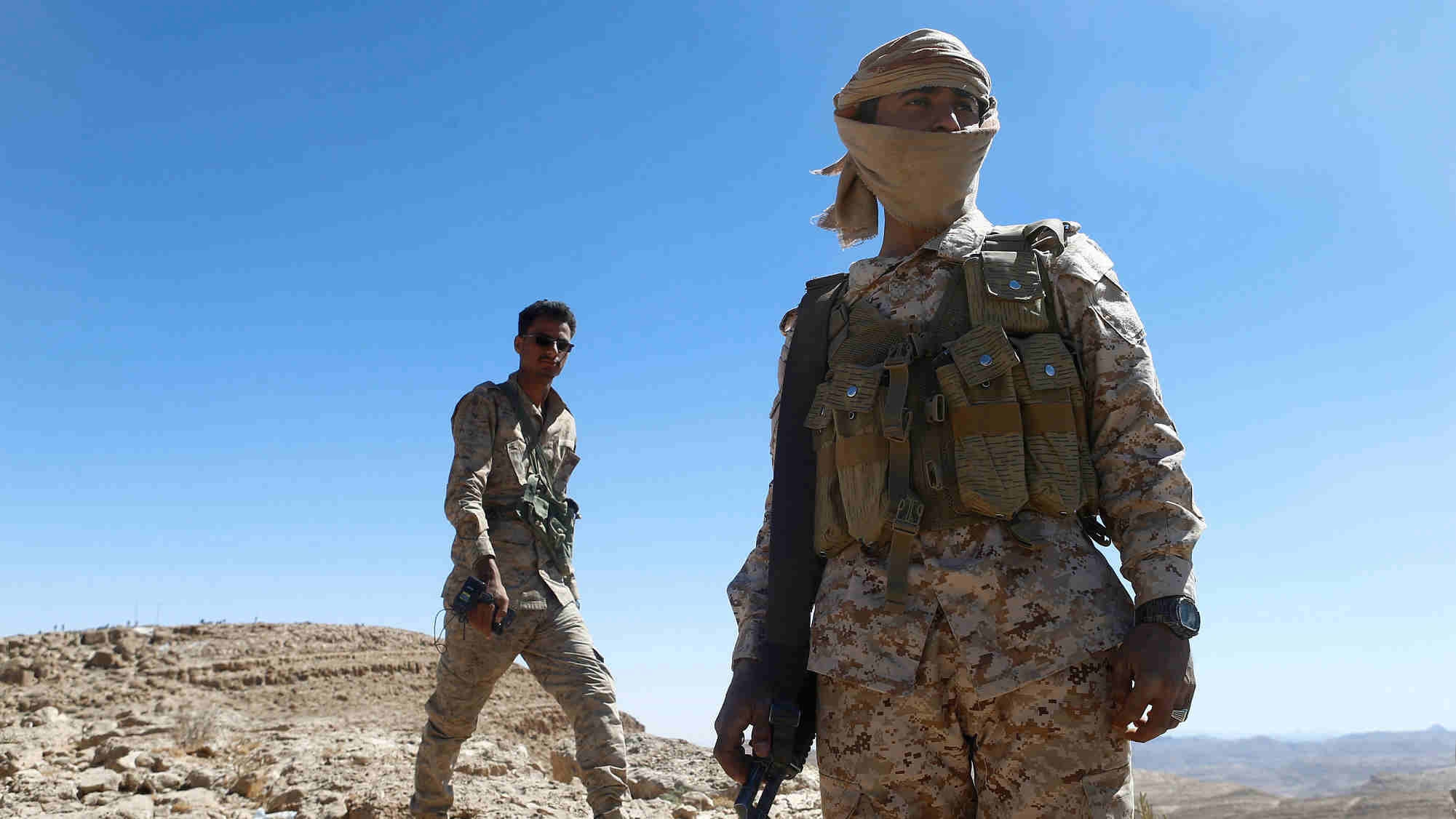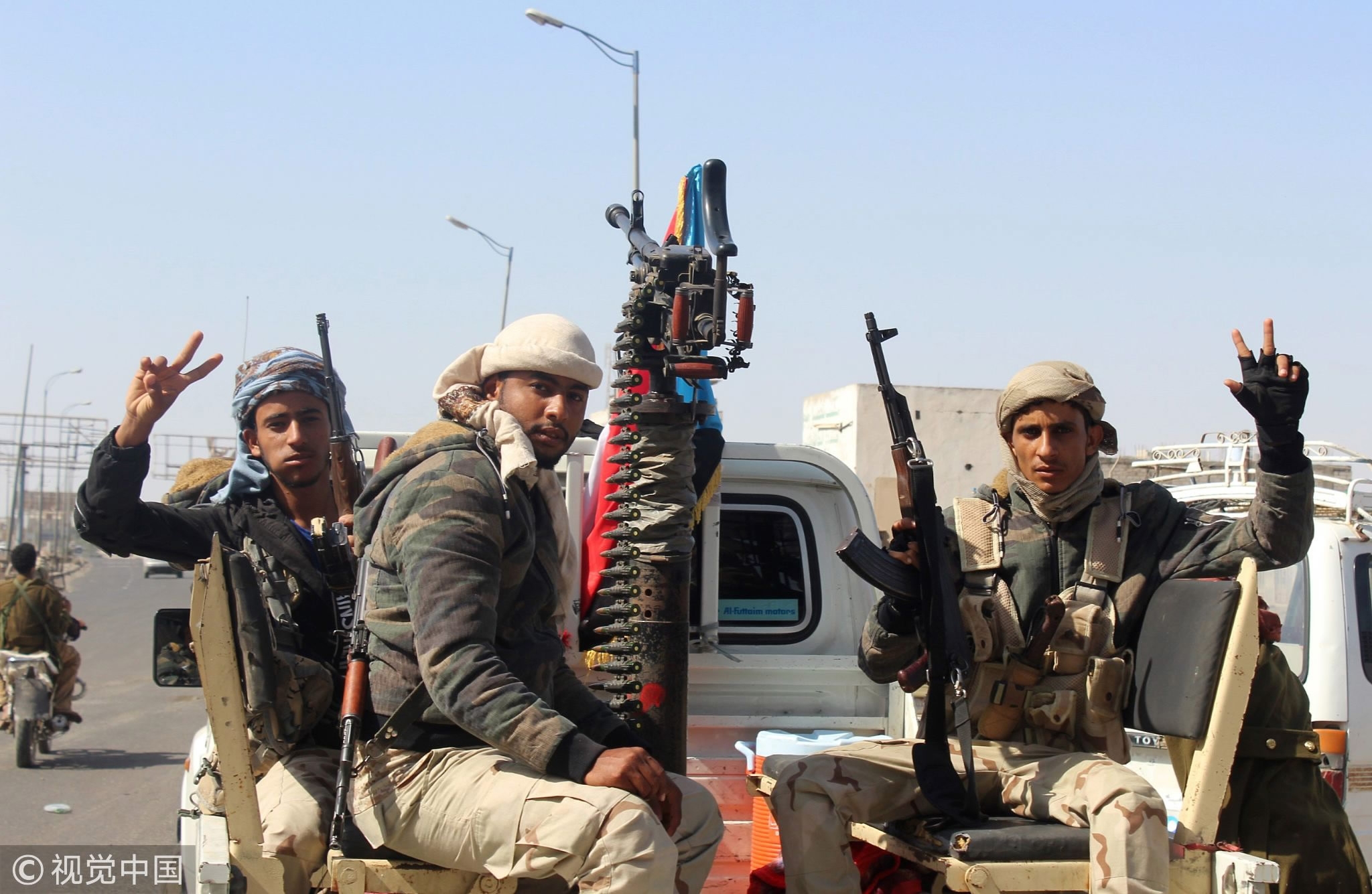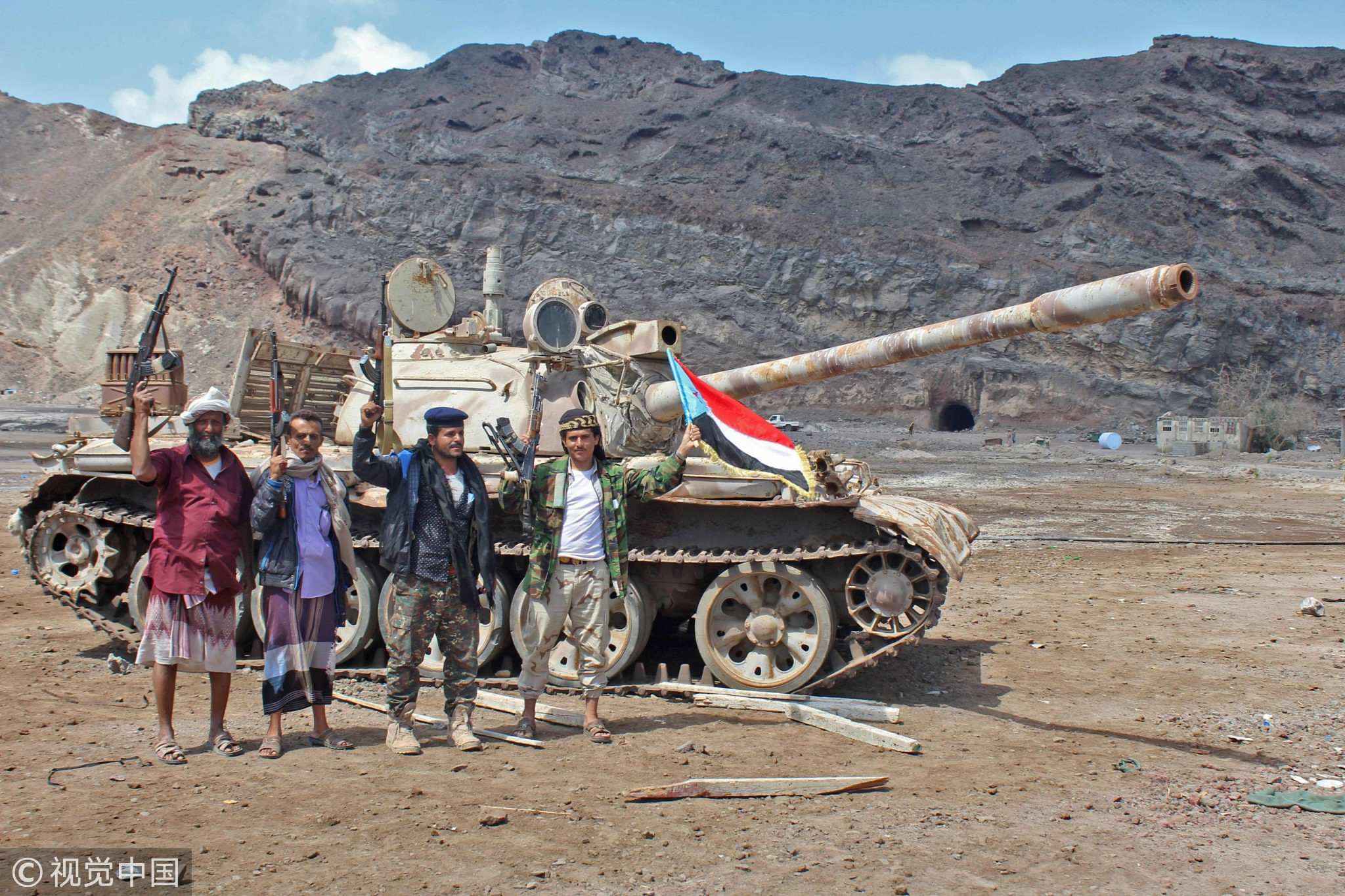
Opinions
13:27, 31-Jan-2018
Opinion: The new civil war within Yemen's ongoing civil war
Guest commentary by Wang Jin

As the devastating civil war in Yemen enters its fourth year, a new conflict within the same camp – forces of President Abdu-Rabbu Mansour Hadi and their allies – began to rage a few days ago.
On Sunday, forces loyal to the Hadi government exchanged fire with an armed group aligned with the Southern Transitional Council (STC) in the southern Yemeni city of Aden. Both Hadi's forces and STC militants have been fighting Iran-backed Houthi rebels in the past years, but tensions among them has long existed.
The tension between the two forces has been steadily increasing during the past month, and the conflict between Hadi's government forces and STC fighters may suggest a potential division between the United Arab Emirates, which supports the STC, and Saudi Arabia, which backs Hadi.
The latest turn of events could not only exacerbate the ongoing conflict in the country, leading to more destruction and loss of civilian lives, but also threaten Yemen's territorial integrity.

Fighters from the separatist Southern Transitional Council drive on the back of armored vehicles in Aden's northern Dar Saad district, as they move closer to taking full control of the southern city, January 30, 2018. /VCG Photo
Fighters from the separatist Southern Transitional Council drive on the back of armored vehicles in Aden's northern Dar Saad district, as they move closer to taking full control of the southern city, January 30, 2018. /VCG Photo
The STC is a local military and political unity consisting of major local tribe leaders and politicians organized and supported by the UAE. The STC was established by the former governor of Aden Aidarus al-Zubaidi, who is backed by the UAE, in April 2017. According to Zubaidi, the STC represents the "will of the people of South Yemen", which reflects the secessionist sentiments in southern Yemen.
The unification of modern Yemen took place in 1990.
Aden, an important port city in southern Yemen, was once a British colony in the Arabian Peninsula before 1967. After British forces withdrew from Aden in 1967, Aden and South Yemen formed the People’s Democratic Republic of Yemen (PDRY). The relations between the PDRY and North Yemen – Yemen Arab Republic (YAR) – were strained, and a war broke out in 1972. The PDRY was supported by the former Soviet Union while the YAR received backing from Saudi Arabia and other Gulf states.
The war between PDRY and YAR was resolved with a ceasefire brokered by the Arab League in 1978, and North and South Yemen declared that unification would eventually occur. In 1986, infighting erupted within the ranks of South Yemen, and the conflict helped accelerate the unification of North and South Yemen in 1990.

Fighters from the separatist Southern Transitional Council took control of a pro-government checkpoint in Khormaksar, north of Aden, January 30, 2018. /VCG Photo
Fighters from the separatist Southern Transitional Council took control of a pro-government checkpoint in Khormaksar, north of Aden, January 30, 2018. /VCG Photo
After the unification, Sanaa, the country's capital, gradually eclipsed Aden’s economic status. The local people of Aden began to complain that they have been marginalized within the new state. The deterioration of Aden’s economic status and the violation of its citizens’ political rights following the 1994 civil war led to the creation in 2007 of a mass peaceful movement known as the “Southern Movement” (al-Hirak al-Janoubi), which challenged the authority of then Yemeni President Ali Abdullah Saleh, who was killed by Houthi militants last November.
After Saleh's presidency was overthrown under pressure from both the Yemeni people and regional states such as Saudi Arabia and Qatar, secessionist sentiments in southern Yemen gained momentum.
When Houthi militants began their advance from northern Yemen in late 2014, the local tribes loyal to the “Southern Movement” in Aden formed their own militant groups to resist the Houthis.
When the Saudis and their allies entered the war in Yemen in March 2015, the “Southern Movement” received support and help from the UAE. However, new divisions between the “Southern Movement” and the Hadi government in Aden erupted after 2015. The “Southern Movement” was hoping to maintain an autonomous status in southern Yemen, while the Hadi government hoped to “reunify” the whole Yemen with the help of local tribes.

Yemeni soldiers hike on the frontline of fighting with Houthis in Nihem area near Sanaa, Yemen, January 27, 2018. /VCG Photo
Yemeni soldiers hike on the frontline of fighting with Houthis in Nihem area near Sanaa, Yemen, January 27, 2018. /VCG Photo
In April 2017 after several military conflicts inside Aden, governor Zubaidi was discharged by President Hadi, and announced the formation of the STC from the city's airport. The STC militants have received military equipment and funds from the UAE and the conflict between the STC and Hadi's government would undermine the course of the war against Houthis.
What's worthy of mentioning is that Hadi's government is supported by Saudi Arabia, while the STC is supported by the UAE. Saudi Arabia and the UAE are steadfast allies fighting against Iran's expansion in the Middle East. The rift between the STC and the Hadi government suggests a possible division between Saudi Arabia and the UAE.
To alleviate the growing political tension in Aden, Saudi Arabia may have to make some political concessions to the STC and UAE regarding Hadi’s government. However, this might arouse nationalistic sentiments among southern Yemenis, local identities with roots in the colonial era could re-emerge and they can try to aggressively reassert themselves. It might be the starting point of a more fractured and fragmented Yemen.
The current escalation of conflict in Aden and other areas in southern Yemen might open a new chapter of unprecedented violence and instability in the country, adding a new civil war to Yemen, which has already suffered from years of civil war between the Hadi government in the south supported by Gulf states, and the Houthis in the north backed by Iran.
(Wang Jin is a PhD candidate at the University of Haifa’s School of Political Science, and a research fellow at the Syria Research Center of Northwest University. The article reflects the author’s opinion, not necessarily the views of CGTN.)

SITEMAP
Copyright © 2018 CGTN. Beijing ICP prepared NO.16065310-3
Copyright © 2018 CGTN. Beijing ICP prepared NO.16065310-3